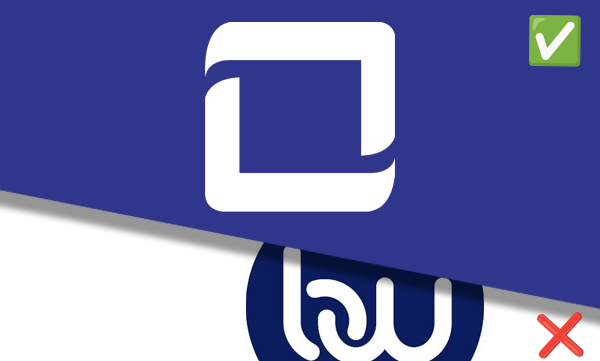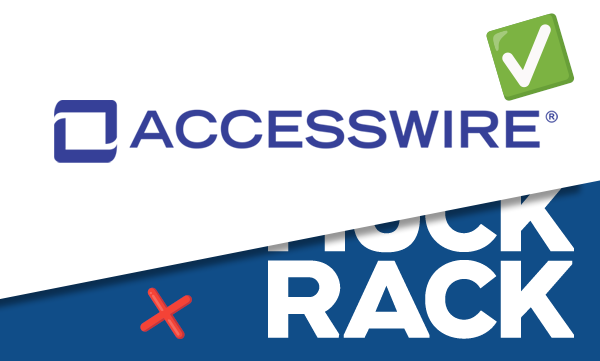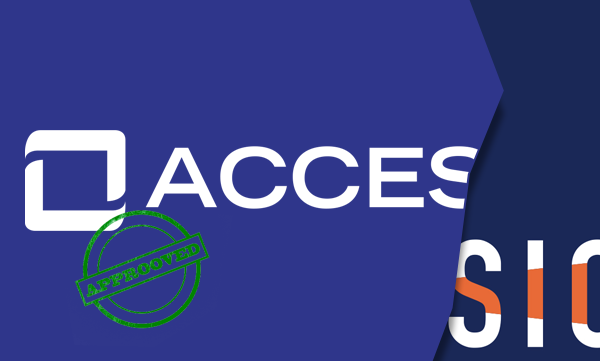What is Earned Media, Owned Media and Paid Media?
What’s the difference between earned media, owned media, and paid media? That’s the question we answer in this blog post.
By exploring the differences between these types of media, you’ll gain a better understanding of how each can be used in your overarching strategy.
But, to understand each individual type of media, let’s first start with the basics.
What’s Media?
Media is any form of communication that delivers information to an audience at once.
Examples include:
- Blogs
- Magazines
- Newspapers
- Online publications
- Radio
- Television
The goal of each of these examples is the same – reach a large group of people with a message.
But the way in which the people get the message is where the differences lie.
And, with that, let’s dig into the three most common types of media.
What is Earned Media, Owned Media and Paid Media?
What is earned media?
Earned media is defined as publicity that’s gained from content a brand did not pay for or produce on its own.
Here’s an example of earned media.
Let’s say you use our press release services to share the news of your product launch.
Once your press release hits the wire, it catches the attention of a journalist, and they reach out to you for more information.
It turns out this journalist is working on a holiday gift guide and includes your new product.
That feature in their article is an earned media mention because you didn’t pay the journalist to write about your product. Rather, you earned the media mention.
The benefits of earned media include:
- Awareness - Earned media mentions help companies build relevant backlinks that can boost search engine optimization performance and position the brand as an industry expert.
- Targeting - Targeting relevant media placements empowers companies to niche down and speak directly to their target audiences.
- Reputation - Connecting and building relationships with your target audience through consistent press release distribution and earned media mentions helps create and maintain a positive reputation.
What is owned media?
Owned media is media you’ve created.
Examples include:
- Blog posts
- Brochures
- Email marketing campaigns
- Newsletters
- Sales sheets
- Website content
Owned media can be a catalyst for earned media opportunities and that’s why brands like yours need to put care and attention into building an owned media strategy.
Think of owned media as building blocks. Your owned media is important for building your brand and creating and sharing other online content like press releases.
The benefits of owned media include:
- Budget friendly - Other than your time, owned media is free because you don’t have to pay to publish it on your website or send out an email campaign, for example.
- Control - What you say goes. That’s because with owned media, you have full control over the messaging and voice of your content.
- Reach - Targeted social media campaigns and search engine optimization (SEO) focused content helps expand your reach to better connect with your target audience and the media.
What is paid media?
Paid media includes any marketing tactics a company pays for. The brand pays a third party to share their message on an external platform to their audience.
Examples of paid advertising include:
Print advertising
- Billboards
- Newspaper and magazine ads
- Signage
- Radio commercials
- Television commercials
Digital advertising
- Digital display ads (eblasts, banner ads, etc.)
- Google AdWords (search, pay-per-click, etc.)
- Social media advertising
- Sponsored, native, and influencer content
- YouTube and Over The Top (Hulu, Roku, etc.) pre-roll ads
Paid media helps brands reach specific audiences, generating traffic and increasing awareness effectively.
An added benefit of paid advertising is the data that comes with the campaigns.
Paid ads give you valuable information to make smarter decisions, allocate ad budgets wisely, and improve strategies over time.
With digital advertising, you’re able to target based on age, interests, keywords, and zip codes. This helps you create specific messages that address your audience's concerns, answer their questions, and solve their issues.
Ready to increase your chances of securing earned media opportunities?
When you use our press release services, you never have to worry about being nickel and dimed to maximize your results.
What you see is what you get thanks to our flat-fee, predictable pricing.
Our tried-and-true press release distribution services have helped thousands of public and private companies around the globe break through the noise of an overcrowded market and secure their piece of market share.
We’re ready to help you too.
Explore our pricing options and if you’re ready to write a campaign, check out our FREE press release template! The body content of your post goes here. To edit this text, click on it and delete this default text and start typing your own or paste your own from a different source.
Similar Blog Posts



PRODUCTS
ACCESSWIRE | All Rights Reserved

